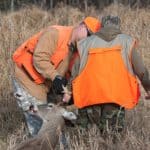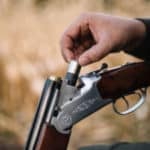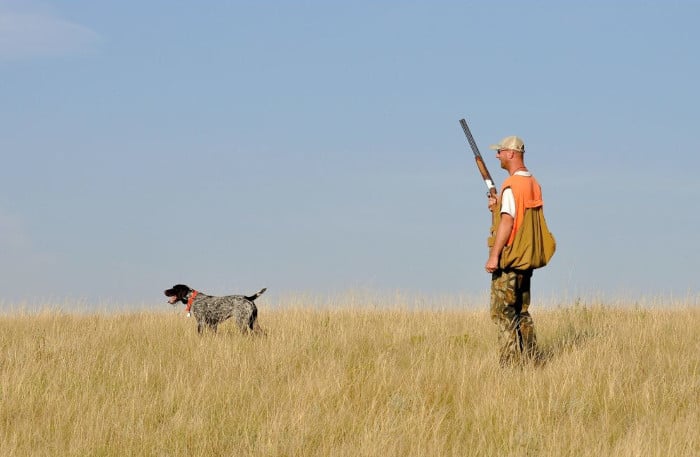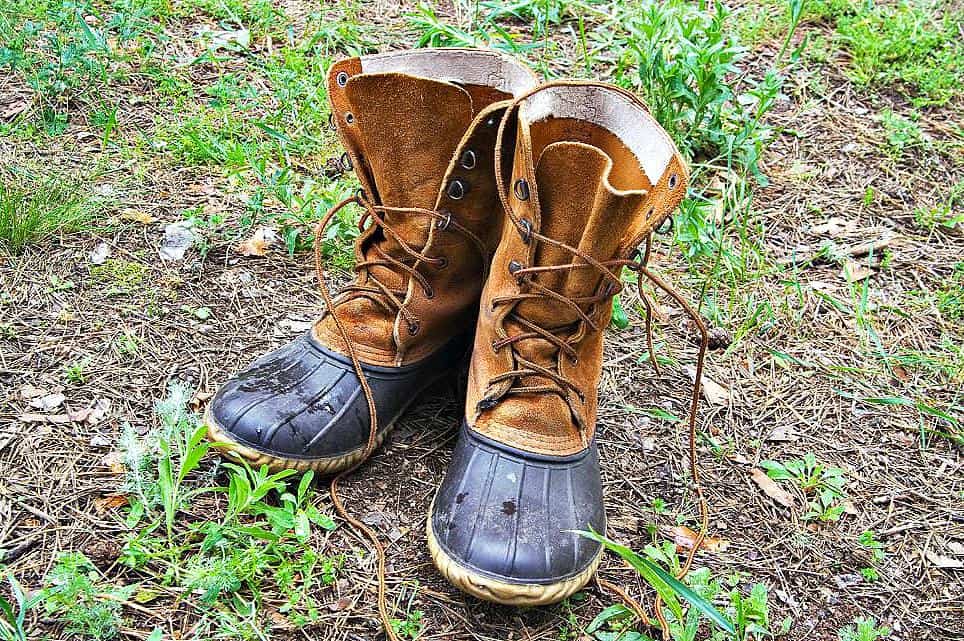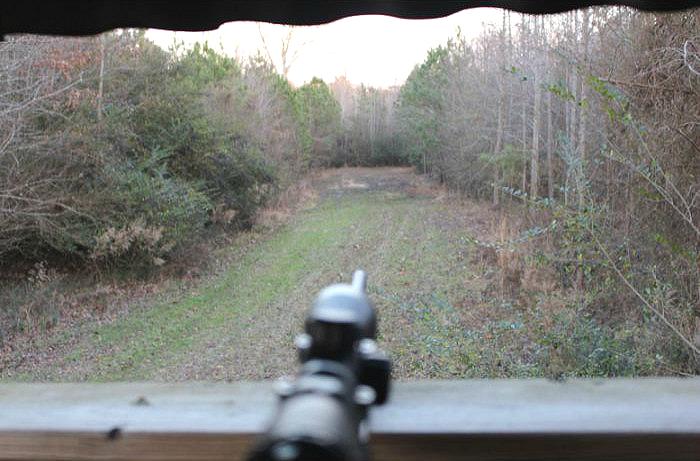Finding a place to hunt is usually the largest challenge hunters face and the leading reason hunters opt to migrate out of the sport. The “where to hunt” dilemma has a few different solutions, and one popular solution is joining a hunting club. However, finding, evaluating, and choosing a hunt club can be challenging and costly. Here’s an overview of hunting clubs with information on how they function, how to locate one best suited for your needs, and things to be aware of before buying into a hunting club.
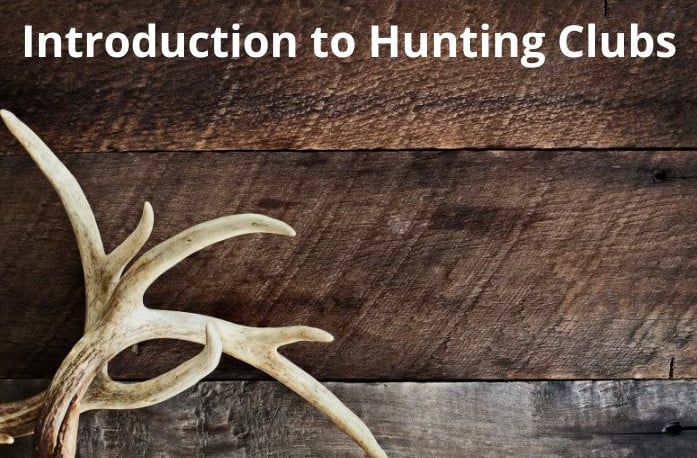
I’ve had quite a bit of experience with hunting clubs at various levels and will share some of those experiences throughout this post. My overall experiences with hunting clubs were good, but a few clubs left a bad taste in my mouth.
What is a Hunting Club?
A club is defined as “an association of people united by a common interest or goal.” A hunting club or hunt club is a term commonly used to describe a club or organization that offers paid memberships for the access and rights to hunt a specific property.
Most hunt clubs are set up as corporate entities for tax purposes and liability protection and function like a business. The club or organization has hunting rights on a specific property or properties, and club members pay a fee to gain access to those locations for hunting and other outdoor activities.
Typically speaking, hunt clubs are not the same as public hunting land, game preserves, or state-managed land. Instead, most clubs have access to privately leased or owned land, and the use is reserved for club members only. In addition, clubs adhere to the state-level hunting seasons and regulations, so members are required to follow those regulations.
Hunt clubs: Local vs State vs National
Hunting clubs generally exist at three levels:
- Local clubs
- State Level clubs
- National Level Clubs
Here’s a little more information on each level:
Local
Local hunt clubs are the independent ones that are local to your area. These are usually small to medium size operations with a membership that ranges from 3-4 members up to 30 members, depending on the volume of property the club controls.
This type of club is the most common and the style that most hunters are most familiar with. The membership dues for this type of club are usually annual and can vary greatly depending on the size of the club and the number of members. Clubs with fewer members are generally more expensive on average but have less hunting competition.
Most of my hunt club experience is with local clubs, and my experiences varied as some were great, some were decent, and some were just generally bad.
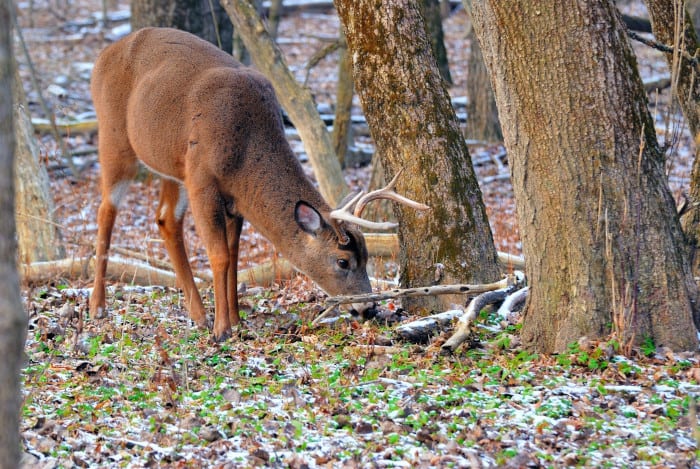
State
State hunt clubs are membership-based organizations that own or control multiple hunting properties all within one state. With this type of club, members can hunt at any location controlled by the club.
State-level hunter clubs tend to be more expensive than a local club but offer the hunter more potential hunting locations. Remember that these clubs are not state-sanctioned but usually feature hunting opportunities across the state.
State clubs tend to have a more extensive member base than a local club, and that number of hunters requires additional oversight and scheduling for hunting use.
I’ve seen these types of clubs in South Carolina, Georgia, Texas, and Kansas. If you don’t mind traveling or prefer the ability to hunt different properties throughout the season, a state-level club may be worth checking out.
National
A national hunt club offers members hunting access to properties across several states or areas. The national clubs are the least common and least popular as they are the most expensive option.
Some examples of national hunting clubs are the now-defunct North American Hunting Club and the National Sportsman Association. The North American Hunting Club (NAHC) had grandiose plans to be a national-level hunting club with locations in every state, but they went bankrupt well before that happened.
The National Sportsman Association is one of the better-known multi-state hunting clubs, although they are not really an actual national club as they only offer hunting properties in the Virginia and Maryland states.
The local club is still my favorite and most utilized option of these three types of clubs. Local clubs also tend to be the most cost-efficient and get the most use. So, if you’re researching hunting clubs, I would definitely lean towards a local operation over a state or national one.
How to Find a Hunt Club
Finding a hunt club is easy but finding the right hunting club for you is the challenge. There are several ways to find clubs for hunting, including:
Online Searches
There’s a reason that the “hunting club near me” and “nearby hunting clubs” auto-populate in search engines like Google: because plenty of other hunters are using that exact search phrase to locate hunting clubs.
That being said, internet searches are a popular method to start looking for a nearby club.
Craigslist/eBay/Facebook
Sites like eBay, Craigslist, and Facebook can be other venues to check, as I occasionally see hunt club openings listed on those platforms. I found one of the best clubs I’m a member of on an eBay auction years ago, so those opportunities are out there.
State Level Hunting Forums
Hunting forums that focus on a specific state are also an excellent place to search for hunting clubs and hunting leases. I’d suggest joining the forum first and contributing a little bit.
In addition to looking for club openings in a forum, you can also post in the wanted section and see if another member can recommend a local club with spaces.
One of our site staff at Hunter-Gear found a lease opening at a club from the North Carolina Hunt & Fish forum.
Choosing the Right Hunting Club
Once you’ve found an opening or openings at hunter clubs, the next step is to evaluate the club property, rules, and practices to see if the club is a good fit for you. This is a step that some hunters skip or kind of gloss over, and it can lead to problems. However, since you’re paying a fee to gain access to land being shared with fellow hunters, it’s worthwhile to thoroughly evaluate the hunting situation on several levels. So, when I’m looking at a club or lease opening, here are a few essential points that I like to understand:
Is the Club Land Leased or Owned?
I always want to know if the club land or lands are leased, where the club is sub-leasing, or are they owned by the club or by a club member?
I’m always interested to learn if the club is leasing the property, along with the terms and duration of the lease. In a perfect world, I prefer circumstances where the club has a long-term lease (more than five years) in place or a club member owns the land.
Things can get complicated when you’ve paid for a membership, and the club loses its leased land.
How Much Hunting Land is Included in the Membership?
The key here is huntable land, not total acreage. If a club is leasing a 100-acre plot of land containing a 10-acre lake, they only have 90 huntable acres (I’m not counting waterfowl hunting).
It’s essential to be clear when discussing the total acreage and habitat available versus the total number of huntable acres.
How Many Members are on the Roster?
The number of leased acres combined with the total number of club members plays a role in determining the hunting pressure on the land. For example, a club with 500 acres and 50 members is an average of 10 acres per member. Therefore, I’d prefer to pay a higher fee in a scenario with ten members on 500 acres.
Another related question to ask is, does the membership include family members? If so, the actual number of hunters in the club just went up significantly.
I once joined a club in northern Kansas with ten members accessing nearly 400 acres. Those numbers didn’t seem bad, so I went ahead and joined. However, every time I made plans to hunt, there were always far more hunters scheduled than expected. In some cases, more hunters were on the schedule for a day than the total number of club members. It turns out that the club membership included family members, and some members had large families, including uncles, brothers, cousins, etc. So, the ten members on nearly 400-acre lease information were really closer to 30 or so actual hunters using the property.
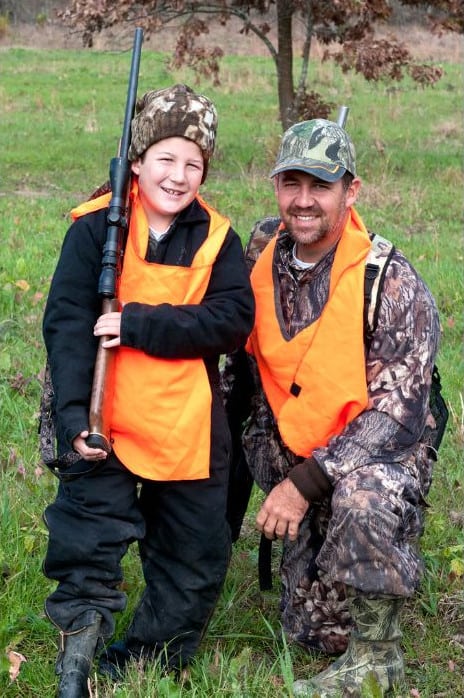
ATV Policy
The ATV policy is something that most hunters forget to ask about before joining a club, and it can really be an issue. Most good clubs have regulations in place stating ATVs can only be used during the following scenarios:
- Aiding a member with a physical disability or injury
- Handing stands before the season
- Retrieving game or transporting deer out after a hunt
I suggest avoiding clubs without an ATV policy or those that allow unrestricted ATV use. I’ve been involved with a club with no ATV policy, and the quality of the hunting suffered greatly.
Hunting Stands & Blind Rules
Ask about the club’s stand or blind policy regarding placement and use. Potentially speaking, this is a big deal, and the club policy must be crystal clear.
Most clubs use the following stand policy:
- The club provides the stands (as part of their dues or membership fees), and all deer stands are communal.
- The clubs offer communal deer stands for all members but will also allow members to install their personal stands (usually with limitations and prior approvals). Some clubs have rules that any hunting stand or blind you install is communal for use by any member, while others have regulations that only the stand owner can use the stand they own.
Since the stand location can play such a significant role in deer hunting success, who gets to hunt at what stand can become a point of contention.
Hunting Reservations
Reservations are another potential point of contention that can (and usually does) cause conflict at a hunting club. Ensure you are clear on the hunting reservation process and how far out reservations or bookings can be made.
Since most clubs operate on a first-come, first serve basis on reservations, they generally put a time cap on how far in advance a hunt can be reserved. This is done to prohibit members from booking certain portions of the hunting season (usually the expected rut and peak rut) years in advance.
I prefer clubs that use an online reservation system, so it’s easy to see the hunt calendar and reserve a spot at a specific stand. However, some people prefer the old-school way of scheduling where they have a single club contact point that serves as the focal point for all reservations. The single contact point reservation system is usually done via telephone, so there’s usually some phone tag involved.
The other thing to ask is the minimum time that hunts can be scheduled in advance. This time frame is essential when plans fall through or change last minute, and you now have an opportunity to hunt. You may miss a hunting opportunity if the club rules say that hunts must be booked at least two weeks in advance.
The scheduling system is another aspect that plays a significant role in my decision to join a club. An inadequate or archaic system without any rules usually causes nothing but problems.
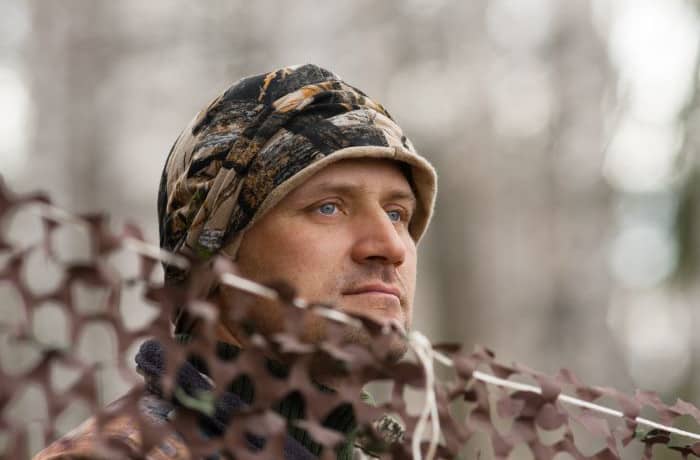
Hunter Check-in & Check-out Process
Most clubs have some check-in and check-out process in place to keep track of where club members are hunting on a specific day. This process is helpful from a safety standpoint and helps prevent hunts from being ruined or spoiled by another member coming too close. In addition, the check-in process serves as a starting point in case of an emergency or situation where a member doesn’t return home after a hunt.
Typical examples of check-in & check-out programs include:
- Logbooks
- Dry Erase boards with stand locations
- Electronic check-in devices
I was a member of one club that issued a key fob to each member. That fob was used to open the gate and sign in to any reserved hunting stand.
Does the Club Have Insurance? If so, What is the Coverage?
With most organizations, the dues also include basic insurance coverage. However, some clubs require you to maintain your own liability insurance, which means additional costs associated with the membership.
Liability insurance is one of those things most hunters don’t think about until an accident happens. Therefore, I recommend clearly understanding the insurance coverage for any club or lease before joining.
What Type of Hunting is Allowed and When
For most clubs, whitetail deer are the main species being pursued. However, I also like to hunt other game species as well, so it makes sense to understand the club rules regarding the rules and regulations for game species other than deer.
I’ve seen clubs that won’t allow any other species to be hunted during deer season and some clubs that wouldn’t allow any species but deer to be hunted.
One club I nearly joined several years ago wouldn’t allow any other species to be hunted during deer season. Well, I was interested in doing some duck hunting at that site because they had a nice patch of flooded timber, but the internal regulations would have prevented me from doing any duck hunting until after deer season ended.
QDMA or Wildlife Conservation Practices
No one wants to pay money for membership if the club property doesn’t have a healthy population of deer. One way to help ensure a healthy population is through a deer management program. As such, I’d also suggest asking if the club practices deer management and asking for some examples of those practices.
For a well-run club, I’d hope to hear that they are practicing QDMA through:
- Supplemental feeding (Food plots or feeders)
- Antler minimum restrictions
- Doe culling
- Deer population count
Most clubs are happy to show you pictures of successful members who have harvested deer. However, if you only see pictures showing does and smaller bucks (four points or less), then deer management practices probably aren’t being followed.
One of our other staff members, Andy, is from North Carolina where hunting deer with dogs is legal in certain parts of the state. One of Andy’s uncles had the chance to lease a nice piece of land that a deer dog hunting club had previously leased in SE, N.C.
Andy helped his uncle set up some cameras to do a deer census and was surprised to see a meager number of deer in relation to the large number of acres in the lease. But, come to find out, the dog hunters had not followed any deer management suggestions and opted not to renew the lease because the deer population on the property had been steadily dwindling. It took his uncle three or four years to rebuild the deer population.
Dog Hunting
If the club is located in a state, region, or area that still allows deer hunting with dogs, I’d ask the following questions:
- Is dog hunting for deer allowed on club lands?
- Do any of the properties adjacent to the club property allow dog hunting?
To be clear, I have nothing against deer hunting with dogs; it’s just not for me. However, unless you are specifically interested in hunting deer with dogs, I would not join a club that allows deer hunting with dogs or has any adjacent property used for dog hunting.
Repeatedly hunting deer with dogs will drive deer from the area, adversely affecting your hunting experience. In addition, deer hounds don’t understand land boundaries and frequently chase deer from one property to the next, which is why I prefer not to join a club with dog hunters using property or land adjacent to club lands.
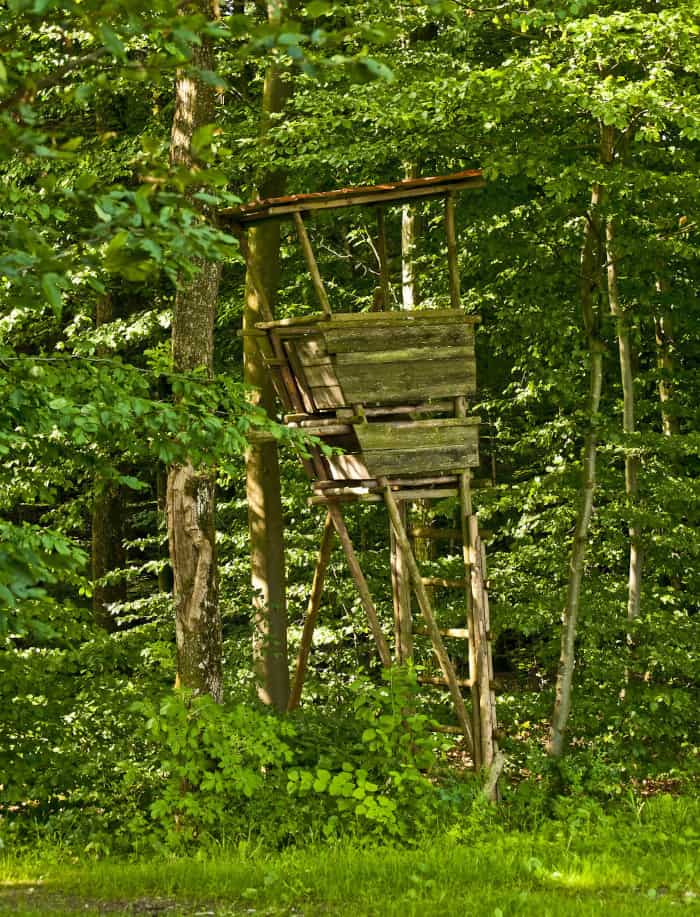
Ask About Specialized Hunting Rules or Regulations
Some clubs may have special hunting rules and regulations that are above and beyond the state-level regulations. For example, one club I joined had a rule that all deer hunting had to be done from an elevated stand at least 8 feet off the ground. Club rules would not allow any stalking, ground blinds, or spot and stalk hunting.
Some clubs practicing QDMA guidelines may have a per-season deer limit lower than the per-season deer limit for the state where the club property is located or an antler minimum point rule. One club I hunted as a guest featured a regulation that members and guests could only harvest one antlered deer a season, although the state limit was two antlered deer per year.
It’s worthwhile to understand rules like that beforehand, as they could impact your willingness to join a specific hunt club.
Attend a Club Meeting Before Signing on
Since you may be sharing hunting club hunting space with other club members, it’s not a bad idea to attend a club meeting before joining. This meeting offers you the opportunity to meet some other members and can serve as a two-way evaluation opportunity for both parties.
Read the Club Contract or Agreement Carefully
Another tip is to make sure to read the club agreement entirely and carefully before signing the document or paying any dues.
This way, you can determine is dues or fees are non-refundable (regardless of the reason) and avoid any potential surprises that could arise later.
Review Secondary Club Benefits
In addition to hunting privileges, some clubs offer secondary benefits like a shooting range or a body of water for fishing.
While these can be excellent add-on features, especially for kids, you’re really paying for the hunting opportunities, so I’d focus more on that compared to the secondary features.
FAQS
Here are some commonly asked questions that I am asked in person or see being asked online regarding hunt clubs:
How do I cancel my hunting club membership?
There really isn’t a single across-the-board answer that will work for every situation, as the answer depends on the lease or membership agreement terms.
In most cases, the easiest way to cancel the membership is by not renewing for the upcoming year. So that’s the approach that I usually take. However, in some cases, I’ve been able to cancel mid-year and get a partial refund.
Most club membership paperwork contains the terms that address that situation, so I’d review that paperwork or documentation first.
How much should I pay for membership fees or dues at a good hunt club?
Dues or membership fees for a hunting club can range anywhere from a few hundred dollars a year to several thousand dollars a year. The costs associated with a membership are usually determined by the following:
- Overall acreage of hunting property
- Number of members (fewer members usually equals more expensive fees)
- The quality of deer management (some of the really expensive clubs have part-time QDMA certified specialists that help with herd management)
Typically speaking, the more costly dues or memberships are associated with higher quality properties and greater opportunities for trophy deer. One very expensive club in Kansas was $5000 a year in dues but, thanks to some serious deer management practices, had some of the largest deer I’ve ever seen on camera. No matter how you look at it, hunt clubs are a pay-to-hunt arrangement with varying costs associated with each hunt.
Unless I come across a club with a few really big boy bucks on camera, my typical membership budget is in the $800 to $1500 a year range (depending on the circumstances). That being said, I’ve come across clubs with open memberships that weren’t even remotely worth their asking price and other membership opportunities that were an absolute steal.
Are deer hunting clubs worth the money?
There are so many variables in that question that it’s impossible to answer. However, hunting clubs can undoubtedly be worth the money depending on the quality of the club land, the number of members, and your personal situation. This is especially true if you have limited hunting opportunities from a free time perspective and want to make the most of those chances to hunt.
Another factor to consider is how much you plan to hunt. For example, if you typically deer hunt on public land twice a year, then the costs associated with a hunt club may not be worth it for you. But, if you hunt ten times a season, and are chasing some antlers for the wall, then the costs may be a great value.
I’ve been involved with hunt clubs that were both. Some were a great value, and I more than got my money’s worth out of the costs, while some were absolutely not worth the money I invested.
Ultimately, deciding if a hunter club is worth joining can be tricky. However, by asking questions focused on the considerations I mentioned above, you can gather the necessary information that is helpful in the decision-making process.

Born and raised in Indiana, Brantley spent his youth chasing deer and turkey and, along the way, developed a passion for bowhunting. Although he still enjoys other types of hunting, his true passion is bowhunting, and he has or will author most all the bowhunting content on this site. Outside of work, Brantley is married and the father of two beautiful little girls. Brantley has worked in the hunting industry, with an emphasis on archery and bowhunting, for more than ten years.

